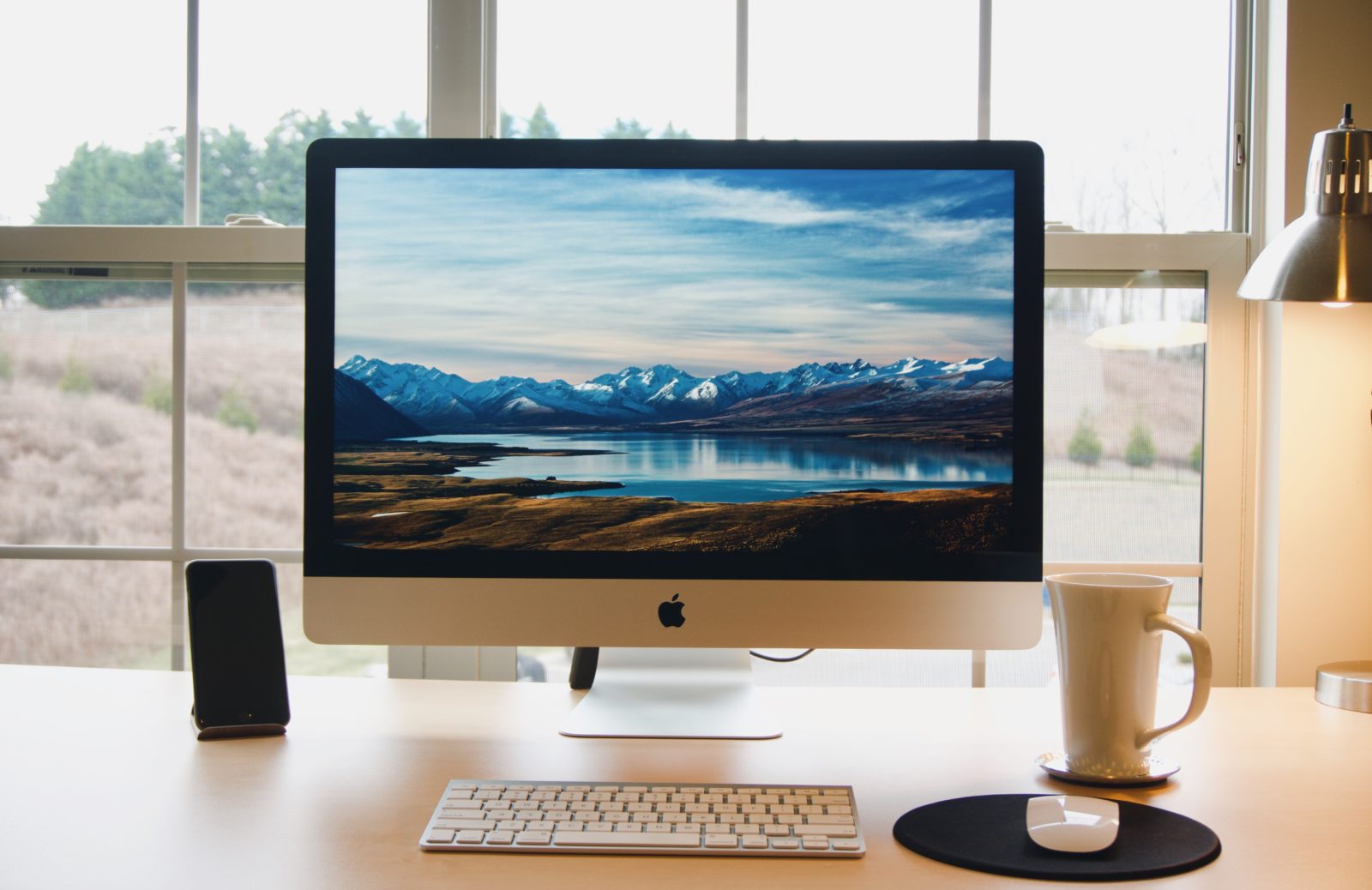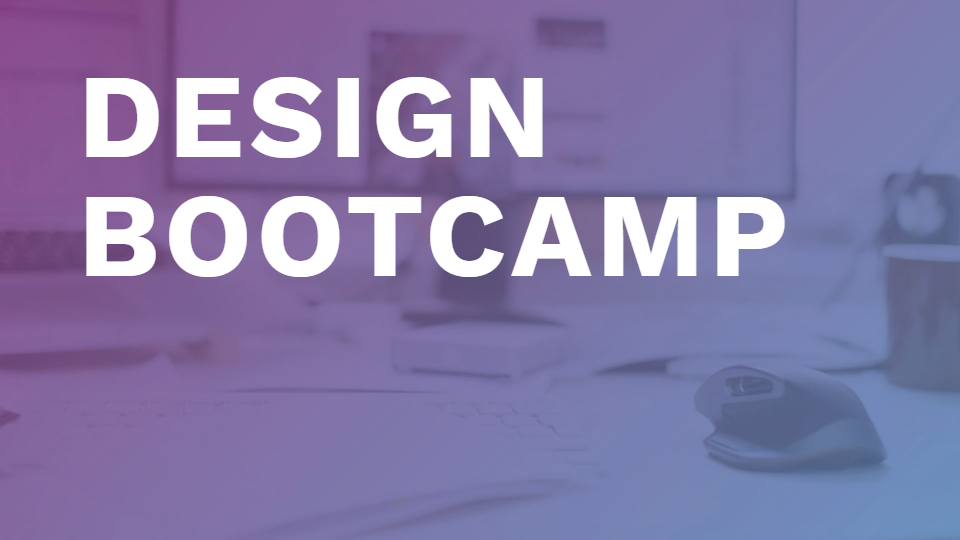Design Help: Guide to Working With a Designer


Nobody is great at everything – especially when it comes to running a business or online storefront. In fact, there is already so much that you must be concerned about that sometimes the design factor is pretty far down at your to-do list.
And, really, that is quite the mistake.
Think about it: often the very first thing people see about you, your business, your operation, etc. is your logo and design. These elements ultimately serve as the “front porch” of everything you do. As often as we hear the phrase “do not judge a book by its cover,” we often forget not to do so and do make judgments on the visual appeal of a business or storefront.
It really does make sense, if you think about it.
Would you approach a house that had a dilapidated front porch that seemed completely uninviting? I am willing to bet that your answer is a hard and fast, “no.”
Because of that, you should be using the same mentality for your business and/or storefront.
That, of course, brings up a pretty vital question: how exactly do I design something that is inviting, friendly, and modern without having any design experience?
Luckily, there are any number of places you can turn to that have reputable, knowledgeable, and experienced designers to help turn your visions into a beautiful front porch for your business or storefront.
Of course, there are some potential roadblocks and pitfalls that you could run into when hiring a designer. For example:
- Does the designer know specifically what I am looking for?
- Does the designer have experience in designing in my area of operation?
- What kind of payment plan should I expect for a designer?
- How do I properly convey my vision to a designer?
- Should you be open to a designer’s suggestions and let them “run with it?”
Those are all vital questions when it comes to hiring a designer that is going to match your vision to the goals of your business or storefront.
My hope here is to provide a bit of insight and guidance on how to traverse what can be a difficult journey in hiring the right designer.


Review Their Portfolio
I am only going to say this once, but it is something I could repeat over and over again.
Do not – I mean that, DO NOT – hire a designer if they are not willing to share a portfolio of prior work.
Often times, you may have a mental “mockup” of what you would like your design to look like. Being able to compare to what you are mentally picturing to what designers have done for past clients will help you in determining whether or not this is the right designer for you.
More importantly, though: a designer unwilling to share a portfolio is probably a designer you simply do not want to work with.
And, here is the thing: I have come across a designer here and there that argued that their portfolio did not exist because of “non-disclosure agreements” with their previous clients.
That is a bunch of bologna.
The designer is more than capable of putting together designs and concepts based on their own imagination and experiences.
So, when reaching out to designers, keep in mind these three things about their portfolios:
- Does the previous work of the designer match up with what you are mentally picturing for your business’ design?
- Do any of the previous designs in the portfolio immediately catch your attention, regardless of any mental picture you have already developed? If so, that is a good sign that this designer may be a good match for you.
- Does the designer have numerous examples of modern, eye-catching work in their portfolio but nothing that you think catches the “meaning” behind your business? That is OK, too. If you like the work the designer does, despite not seeing a potential “fit” between their artistic vision and your business, it is perfectly acceptable to still reach out and touch base about what they could do for your design.


Find Out Who They Are
There is somewhat of a duel approach to finding out who a designer “is.”
First, some Google searching may turn up some information about the person who you are considering working with. If so, read through these reviews or other information and make sure the person is on the “up and up.”
Even a designer with the absolute perfect portfolio may not be a morally and ethically perfect person. So, keep that in mind.
As well, if you get into an exchange with the person – either through an integrated messaging system like on upWork, or through e-mail – try to feel the person out. Are they pushing you to make a decision? Do they seem annoyed by your questions?
I have had issues before where the designer was being impatient waiting on my replies. In that case, I was formulating a good response that detailed everything the designer needed to know to complete my project.
After just a few minutes of asking the question, the designer wrote back: “are you there???!”
I quickly decided to move onto a different designer after that. If you are going to be spending money on hiring a designer, be sure it is one that you are willing to work with.


Have An Open Discussion About YOUR Goals
I often think that this is a greatly overlooked part of the designer hiring process.
You must remember one thing: they are designing for YOU. They are not designing for their portfolio.
Now, this does not mean that you cannot be open to their suggestions (which we will touch upon shortly). In fact, you should be willing to listen to them – they are the professional in this setting, after all.
An important part of the designer hiring process is making sure the designer is keenly aware of your business, its goals, and ultimately what you what your business to stand for.
Any designer who attempts to “take over” that process is likely looking to pad their portfolio with a design that they have already mocked up elsewhere.


Payment: Some Up Front, Some on Delivery
Once you get through the initial conversations and design spec conversations, the attention will likely turn towards the exchange of money for the design.
Most designers – if not all, anymore – are more than happy to accept a part of the payment up front and then receive the remaining balance once you have received a design you are happy with.
This strategy is vital to a working relationship with your designer, because:
- It lets the designer know that you are both, first, a serious buyer and, second, a buyer who has the capacity to pay for the services rendered.
- As the buyer, it gives you the peace of mind that the designer is not likely to “run with your money” as, if they want the rest of the payment, they must deliver a completed design.
On the other hand, do not turn the perfect designer away if they ask for full payment up front. But, use your discretion in these situations.
By now, you should have properly vetted the designer: did anything suspect arise in doing so? Do they have stellar reviews? An increasingly impressive portfolio?
If so, they may ask for payment up front because they are a majorly “in demand” designer.
However, outside of those special circumstances, most designers are happy to work on the 50/50 payment split method.


Make Sure You Get The Sources Files
Congratulations! You made it to the final stage of the design process where the designer has delivered the completes files to your e-mail.
The first thing you need to do is inspect the completed design and ask yourself the following questions:
- Did the designer meet the agreed upon design specs?
- Does the design match the needs of your business?
- Are you happy with the final product?
If the answer is ‘yes’ to all three questions, great! If not, you do have the right to express your opinion on the matter.
Do not be afraid to ask for revisions or to ask if the designer can tweak a thing or two.
As well, you should receive all source files for the design. Remember: you paid for this, therefore you OWN the final product and all the related files.
While not the case for every design, you should receive some of the following files depending on the program used to make the design:
- Photoshop
- Illustrator
- Sketch
- Adobe XD
Again: depending on the specific requirements of the design, you may get source files for programs not listed here. But the point is that you receive them regardless.
Receiving the sources files is important for various reasons. For example, what happens if, a few years down the road, you want to make a small edit to your company’s logo?
If you do not have the source files, you will not be able to provide the previous work to another designer and, therefore, they will be starting from scratch trying to replicate your logo.
Trust me: that does not end well.


Be Open To Their Suggestions
Lastly: be open to any suggestions that your designer brings to the table.
Yes, you know your business or company inside and out. Better than anybody, really.
But, you hired a designer because they know the design and visualization process just as well as you know your business.
Be open to font suggestions, color suggestions, etc.
In some cases, you may even be able to ask the designer provide you a design with different variations in fonts, colors, and small deviation in design.
Once you select which one you like best, they will finish it up and send you the sources files for that specific design.


Conclusion
The hiring of a designer is no small process.
A lot is riding on the designer turning out a design that captures the personality of yourself and your company. Because of that, it is important that you keep an open line of communication and answer all the questions that designers provide in the most detailed way you can.
But, in the end, most designers follow along the same path, as outlined above. By following the advice and using a little personal judgement, you should have no problems traversing the hiring of a designer.
Pssst...
Does working with a designer sound a bit daunting? Want to have some basic knowledge so you can better work with one? Want to try some basic designs yourself?
Consider signing up for my free Design Bootcamp! It's specifically created for non-designers to quickly learn practical design techniques. And to use them immediately in programs you actually use (like Powerpoint, Google Slides, Canva, Word, etc.).


Free Online Course
Useful design lessons for non-designers.